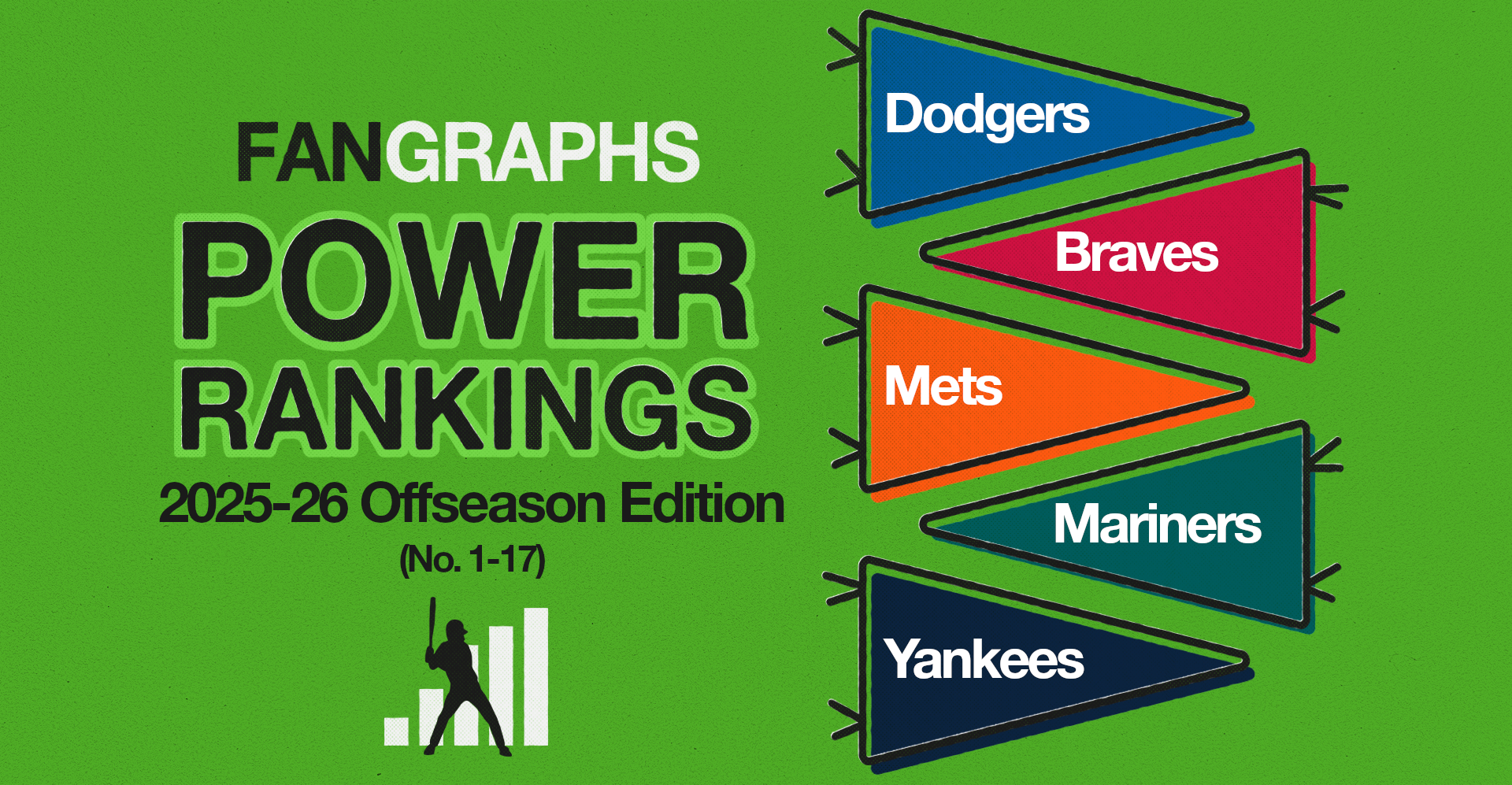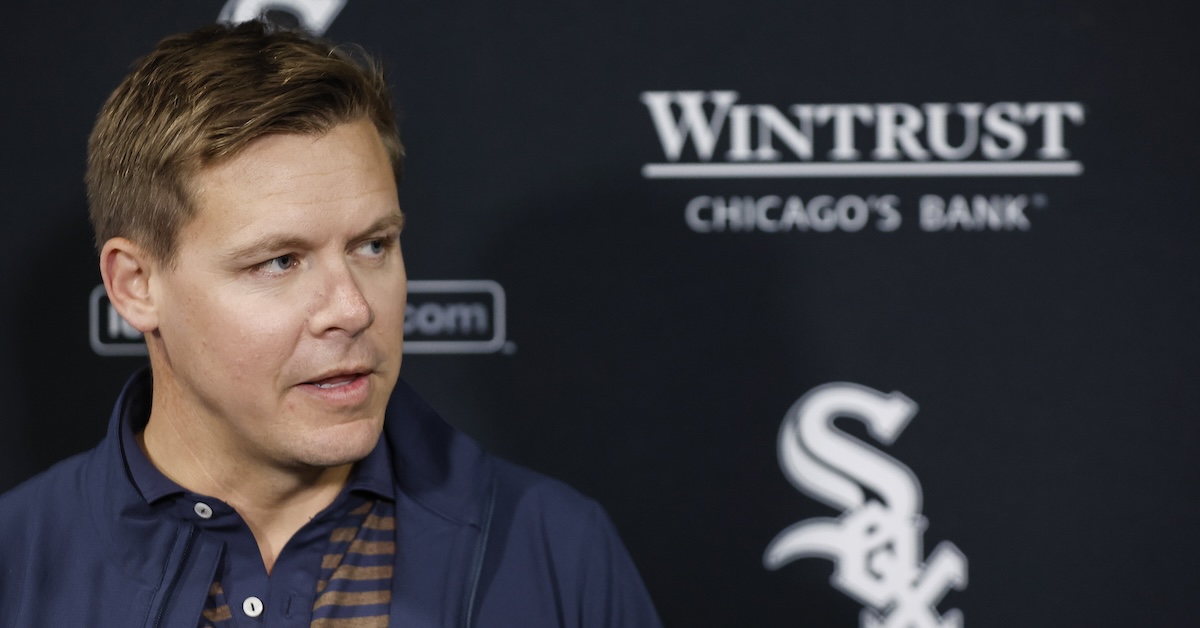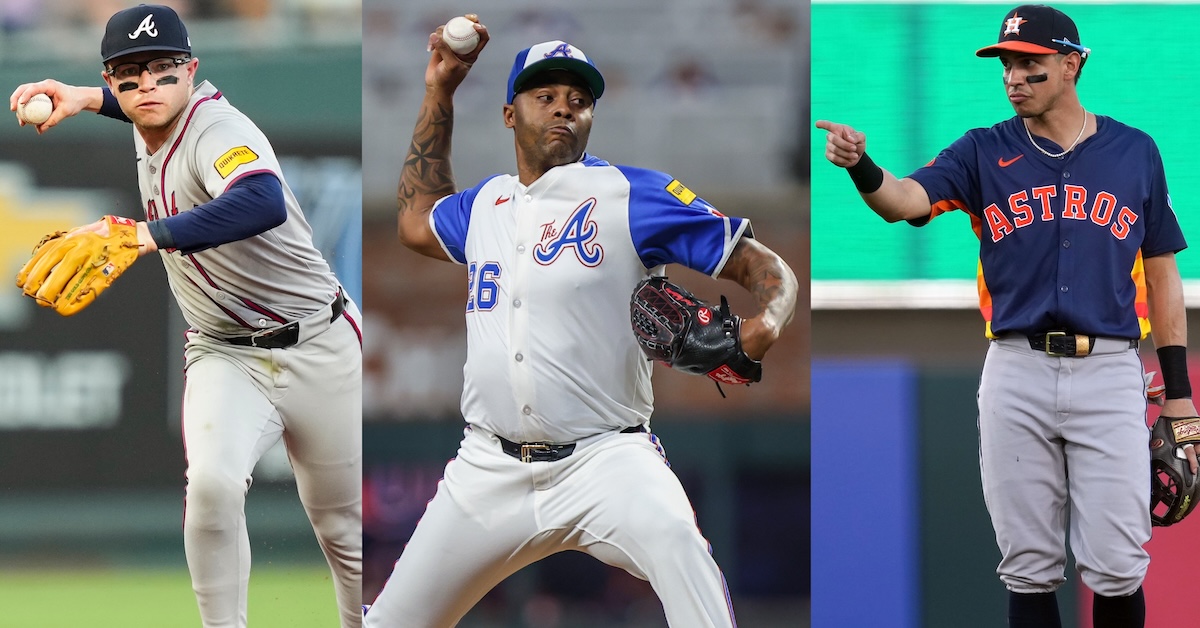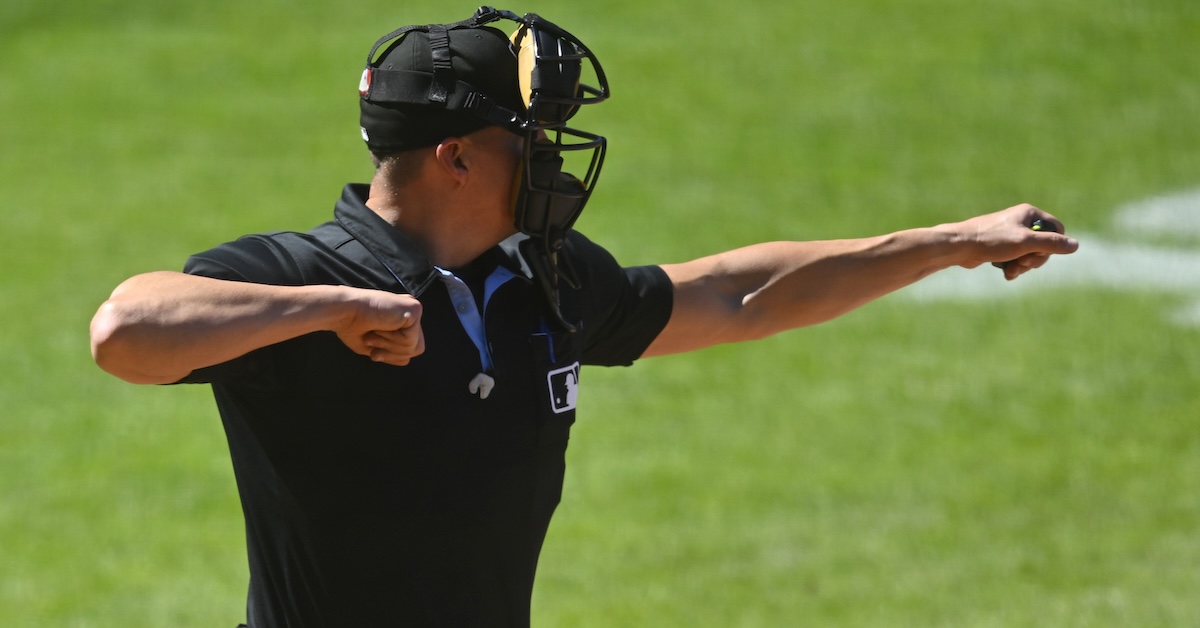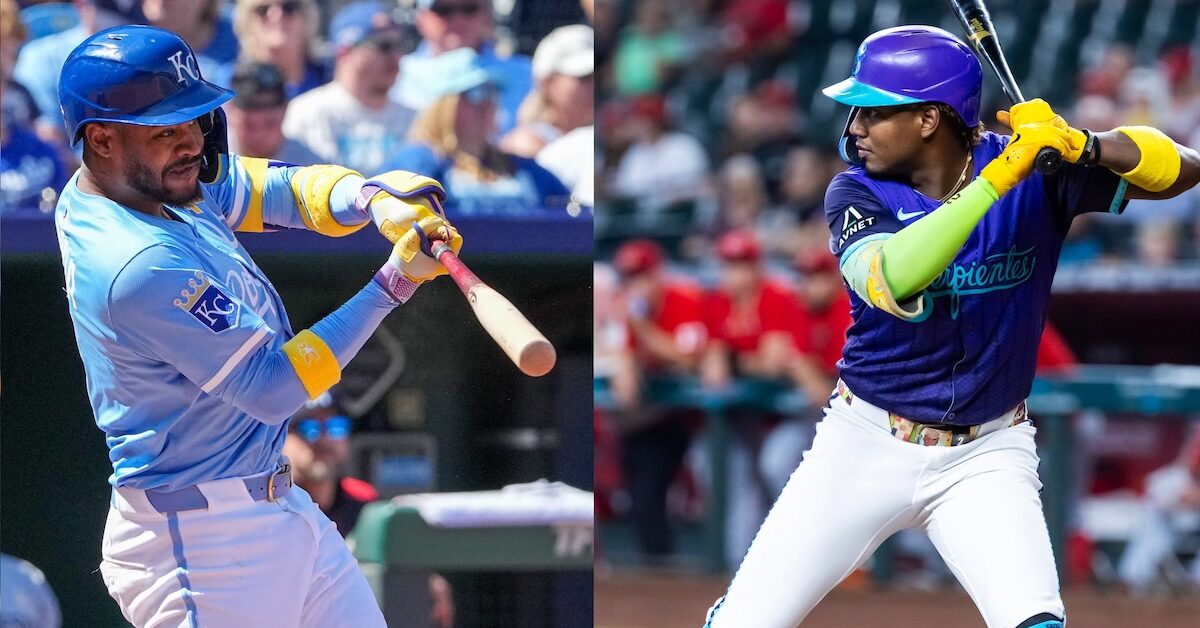Eric Longenhagen Prospects Chat: 11/21/25
| 12:03 |
: Howdy howdy from cloudy Tempe, where we skipped the 70s and went straight to winter. Thanks for coming to another prospect chat. Your boy is sick with something flu-like and had to cancel plans with the neighbors for tonight so I’m just banging away at prospect lists and watching the Robert Altman stuff that will leave Criterion at the end of the month. Nice long chat today, let’s see if I can answer questions as fast as you ask them….
|
| 12:03 |
: Any update on that oft injured Guardians pitching prospect that everyone keeps asking you about? I, of course, mean Justin Campbell.
|
| 12:05 |
: I texted a few people about this after folks asked just before Halloween and was told a scap strain and wrist stuff prevented him from throwing. I was told by a different source he threw some live bp at the end of September, but wasn’t told how he looked.
|
| 12:05 |
: What do you need to see to become a Henry Bolte believer?
|
| 12:07 |
: I guess I’m wondering to what degree are you asking me to believe? I think his tools will allow him to be a useful extra outfielder. I don’t think he’ll hit enough to be a regular. Too late on fastballs, too much whiffing overall. I’d ask you to reflect on what you thought about Colby Thomas twelve months ago and whether you thought I was light on him, too.
|
| 12:07 |
: What are your thoughts on the Rodriguez-Ward trade?
|

